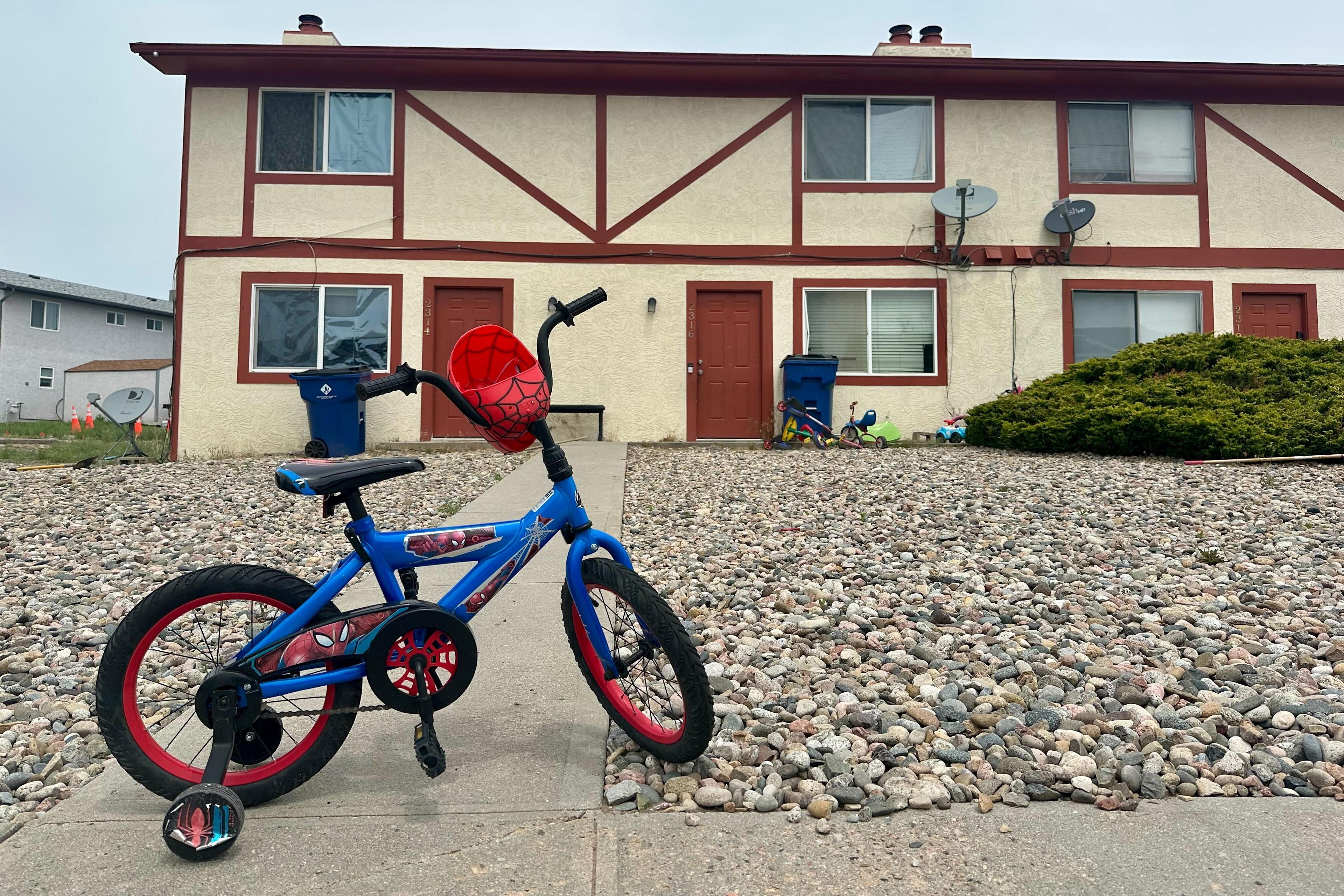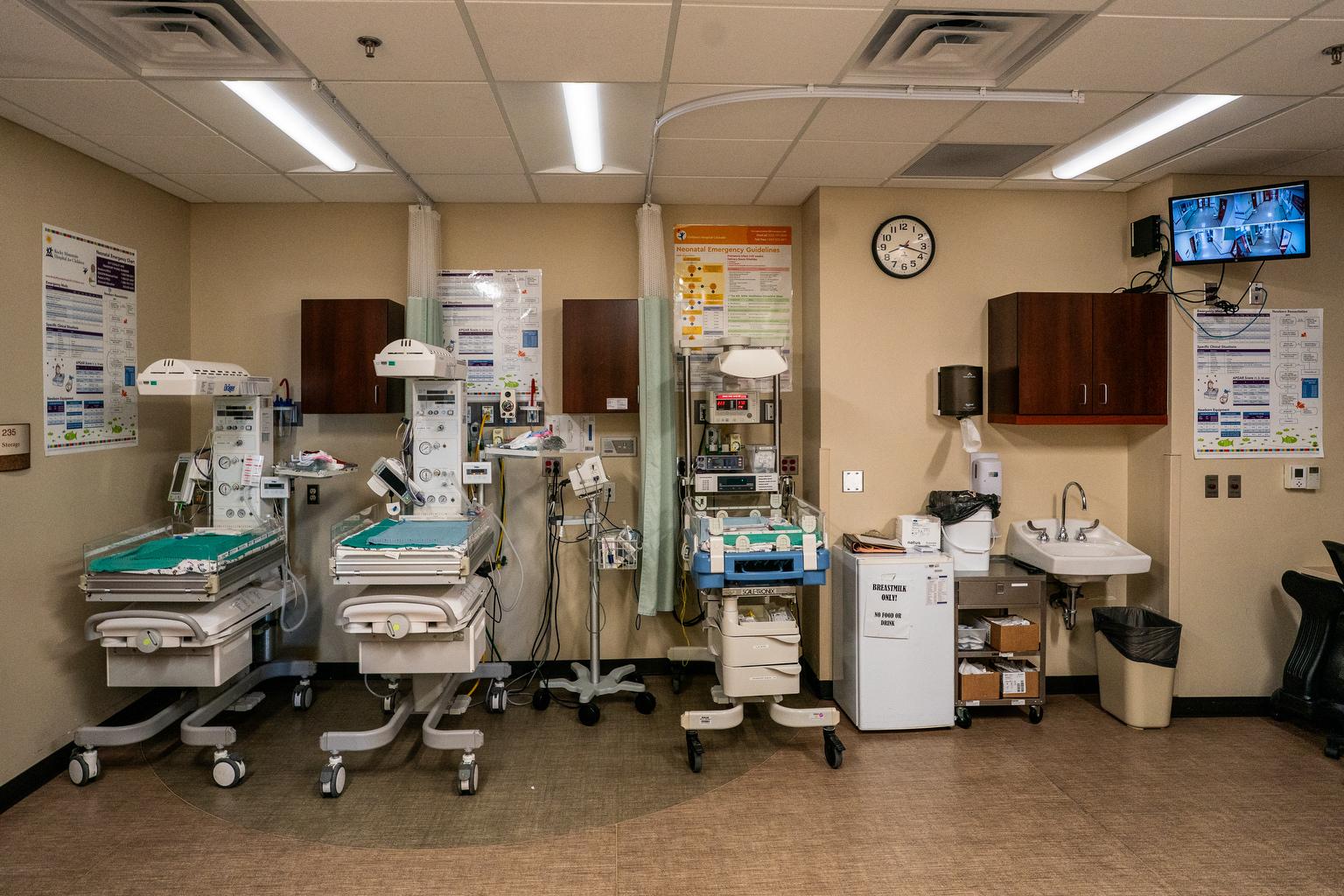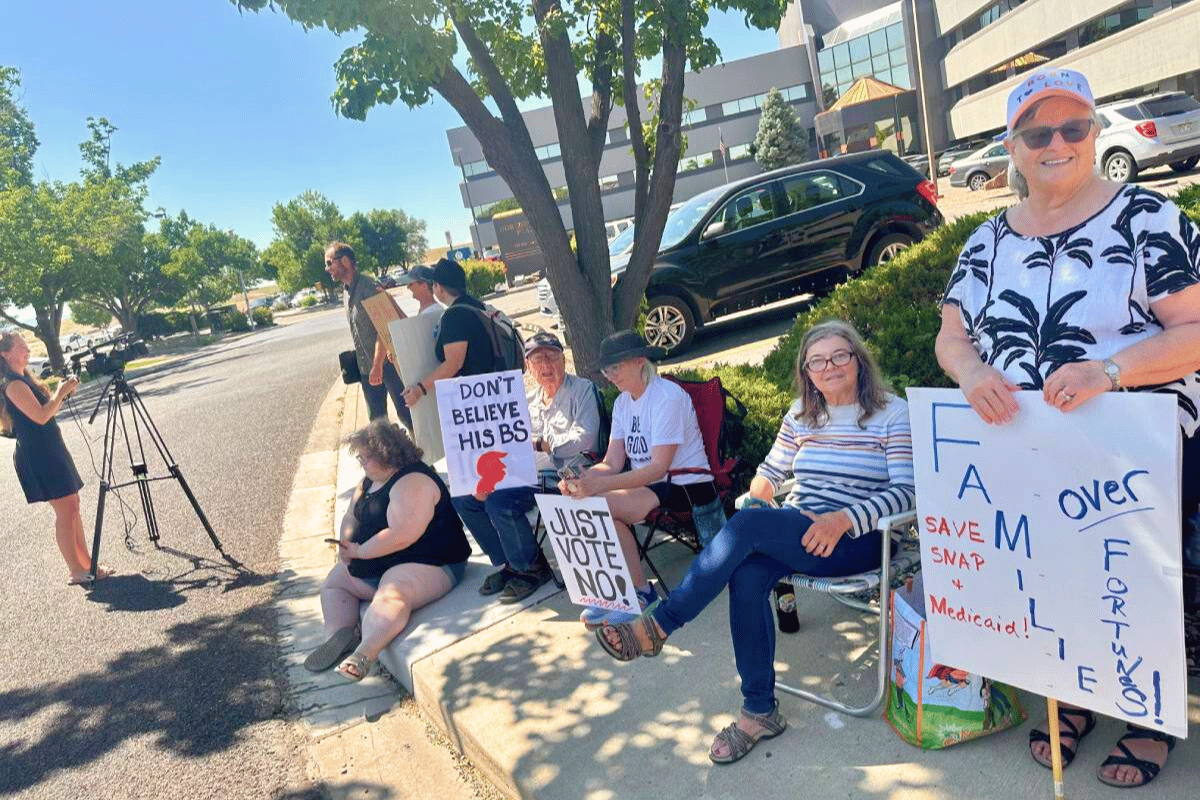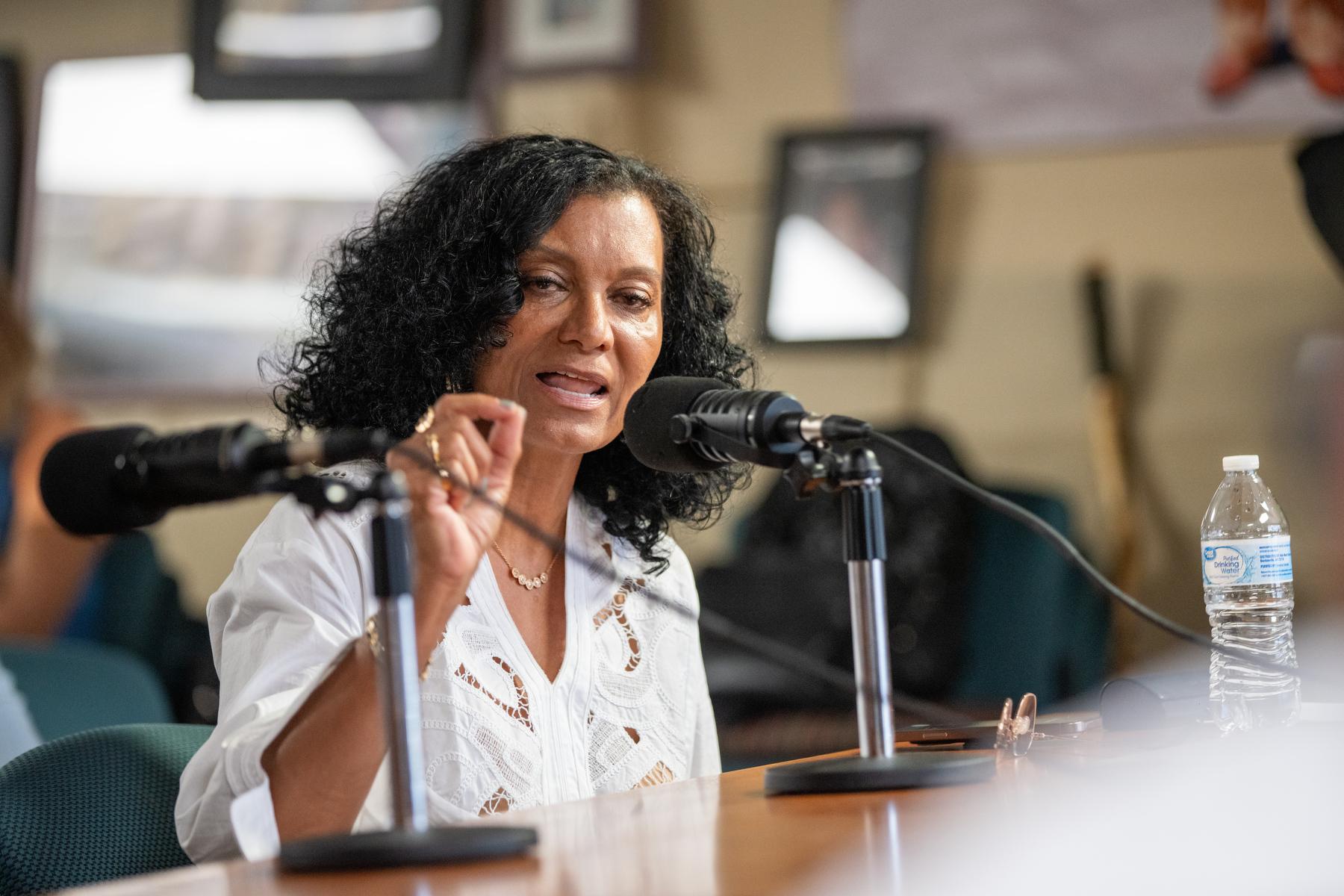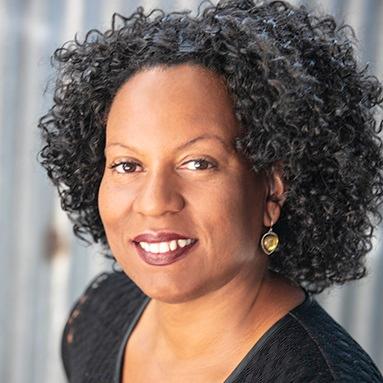On Thursday, Californians took part in an annual statewide earthquake preparedness event called The Great Shake Out. The event encouraged people to practice safety drills, check quake supplies and go over emergency plans with family, schools and employers.
While many Californians now know the mantra to "drop, cover and hold on," there's growing concern that people and companies are not adequately covered for the days after.
Glenn Pomeroy wants to sound the alarm about that lack of coverage. As CEO of California Earthquake Authority, his job is to ensure the state, and the people in it, are financially prepared for a catastrophic quake.
It's what happens in the aftermath of a quake that keeps Pomeroy up at night. "The false hope associated with planning on the federal government to come in and rebuild your homes is very dangerous," he says.
Nearly 90 percent of California homeowners do not have earthquake insurance.
And barely 1 out of 10 commercial buildings is insured for quakes, according to the California Department of Insurance.
The stakes are huge: About one-fifth of the nation's mortgage debt is held in California. A recent study by the nonprofit R Street Institute estimates that the federal government-backed mortgage giants Fannie Mae and Freddie Mac have uninsured earthquake exposure of more than $200 billion. The report warns that private banks, too, are exposed. It warns of "a failing for the banking industry and a potentially catastrophic taxpayer hit if a major quake catastrophe occurred."
"Every time there's a natural disaster we have to learn again the cold reality that the federal government isn't in the business of rebuilding homes," Pomeroy says.
The publicly managed California Earthquake Authority, a not-for-profit, was set up by the state Legislature after insurance companies stopped underwriting policies or jacked up prices following the devastating 1994 Northridge quake in Los Angeles.
By backstopping risk, the earthquake authority, over time, has helped fix what turned people away from coverage.
For example, it has dramatically lowered rates — by more than 50 percent — while substantially increasing coverage and flexibility. People can now decide the deductible they want — from as low as 5 percent up to 25 percent.
Homeowners who have had a seismic upgrade to their foundation, a retrofit, are eligible for up to a 20 percent discount for coverage.
But despite those and other big changes, the agency is still having a hard time getting enough Californians to take a second look at coverage.
"We battle misconceptions all the time," Pomeroy says with a sigh, including the persistent and widespread misperception that deductibles are fixed and sky high. "We no longer have a one-size-fits-all policy," he notes. "The big thing is you can choose the size of the deductible you want."
State insurance figures show that about 13 percent of California homes have quake coverage. But Pomeroy says the real number is lower. If you take into account homeowners who have paid off their mortgages and don't have insurance at all, barely 10 percent of homes are covered for a quake.
"The fact that about 90 percent of the homes in California are in that unprepared state is a great concern," Pomeroy says. "Seventy-five percent of the nation's earthquake risk is right here in California. Scientists say we're going to get hit again — it's a certainty."
Indeed, seismologists say the state is overdue for another major quake.
A recent scenario by the U.S. Geological Survey estimates that a major quake on the Hayward Fault on the east side of the San Francisco Bay — a hypothetical magnitude 7.0 earthquake — could collapse 5,000 buildings and destroy 50,000 single-family homes from subsequent fires and shaking.
And there's still a stubbornly widespread misconception, Pomeroy says, that the state or federal government will step in. In fact, the Federal Emergency Management Agency caps individual disaster aid at about $33,000. The actual payouts are almost always much lower.
"Earthquake insurance is not covered in a homeowners policy and the federal government's not going to come in and rebuild homes," he says.
The quake insurance industry and emergency planners are still haunted by the fallout from the '94 Northridge temblor. That 6.7 magnitude quake violently rattled north-central Los Angeles, damaging homes and businesses. Parts of freeways cracked or collapsed.
In all, at least 57 people were killed and hundreds more were injured.
The quake cost an estimated $40 billion in today's dollars for property losses — about half of that to homes.
But maybe 24 years is long enough to fade memories.
Today, near the epicenter in Northridge — close to an apartment complex that pancaked, crushing 16 people — there's little sense of urgency about the next quake.
"The deductible is so high on a house like this, it would be probably $250,000," guesses 64-year-old homeowner Nicoli (she didn't want her last name used). She lives just down the street from where the apartment collapsed. She doesn't have quake coverage, for reasons that underscore the misconceptions Californians still have about it. "I would rather save that money, actually. I just don't think it's an adequate insurance for the money that you're going to spend on it," she says.
Even those who live near ground zero of one of the nation's costliest natural disasters who do have quake coverage seem conflicted about keeping it.
"It just seemed so overpriced," says 76-year-old homeowner Jeri Barricklow. She had coverage 24 years ago, which helped her recover from minor damage to her home, she says. So she kept it. "It just seems like where you feel so helpless about earthquakes. But it is something we can do."
Northridge sparked a quake coverage crisis in the 1990s. Many companies simply stopped writing policies after getting stung with nearly $20 billion in payouts. And for the companies that remained, consumer prices soared. "Those that were still in the market were increasing rates dramatically — doubling or tripling or increasing by tenfold," Pomeroy says.
Faced with expensive, bare-bones policies and high deductibles, homeowners bailed on coverage in droves. The state has been working to get those people back ever since.
Today, LA, Orange and San Diego counties lead the state's population centers in the percentage of homeowners who get quake insurance, according to numbers from the state Department of Insurance.
But planners say they're nowhere near where the state should be.
Experts caution that insurance is just one piece of the protection puzzle, not a panacea. First responders and others want more people to have a disaster plan in place and regularly update quake emergency packs with first aid and other supplies.
"There's a lot you need to do to insure resilience for yourself, your family, your home, your workplace," says Ken Hudnut, a geophysicist with the U.S. Geological Survey. That includes assessing the need for a foundation retrofit, checking emergency supplies, keeping your car's gas tank or electric charge full and, Hudnut adds, storing "enough food and water to get you through several days" of potential power outages and displacement.
Still, Hudnut and many others agree expanded insurance coverage numbers will help mitigate potentially devastating losses. Under state law insurance companies have to offer earthquake coverage when they sell homeowners policies.
Some of the authority's challenges in building up numbers are from messaging and PR woes of its own making.
There were those quake insurance ads with the incongruously soothing music.
Or the head-scratching "California rocks" ads featuring redwood forests and sunny beaches imploring folks to bring bug spray and "always have sunscreen at the ready. Like preparing for the possibility of an earthquake."
"Some of our ads" in the past, Pomeroy concedes, "were a little too bright and sunny."
After years of not trying to scare people into action, the nonprofit earthquake authority has introduced new messages recently, including: "The risk is real. Will you be ready?" And the CEA has recently launched a new quake coverage ad campaign called "An Earthquake Could Happen Today."
The good news for advocates of quake coverage, Pomeroy notes: The number of people searching for estimates and buying them has risen in the past two years, according to CEA numbers, especially every time a natural disaster hits somewhere in the U.S. or rest of the world.
"From hurricanes [on the East Coast] and fires in California and that big earthquake in Mexico," Pomeroy says, "and suddenly people's awareness was front and center and insurance agents tell us their phones are ringing off the hook."
9(MDEyMDcxNjYwMDEzNzc2MTQzNDNiY2I3ZA004))
